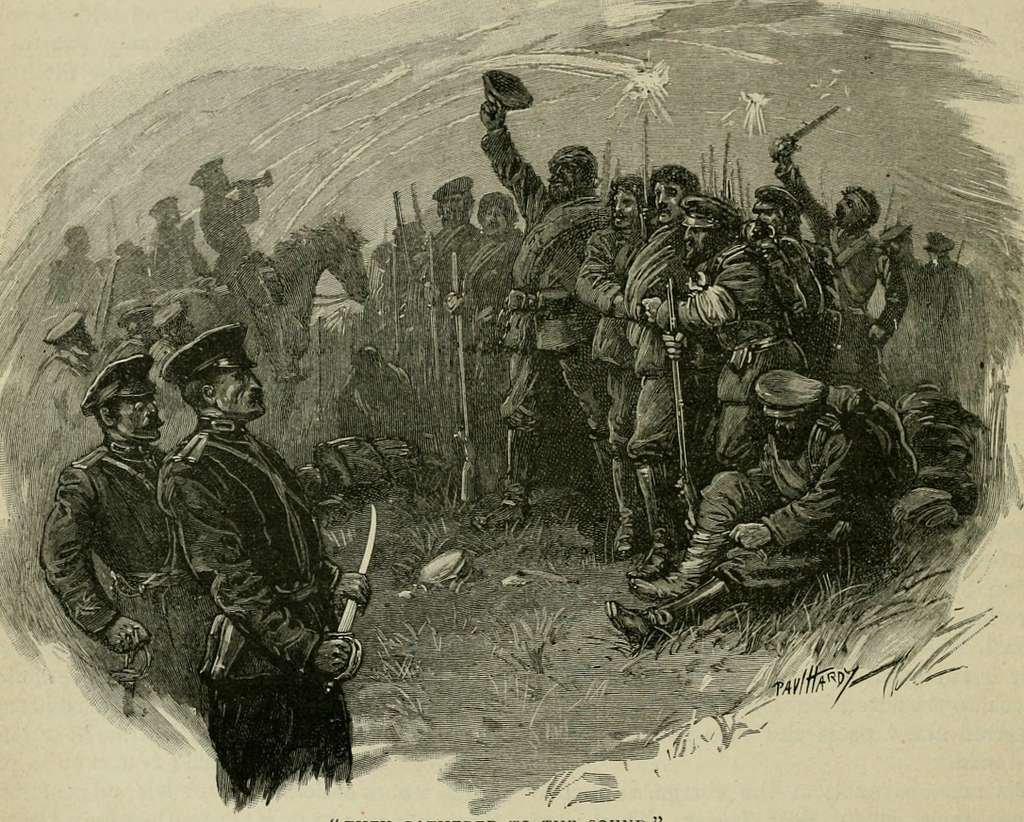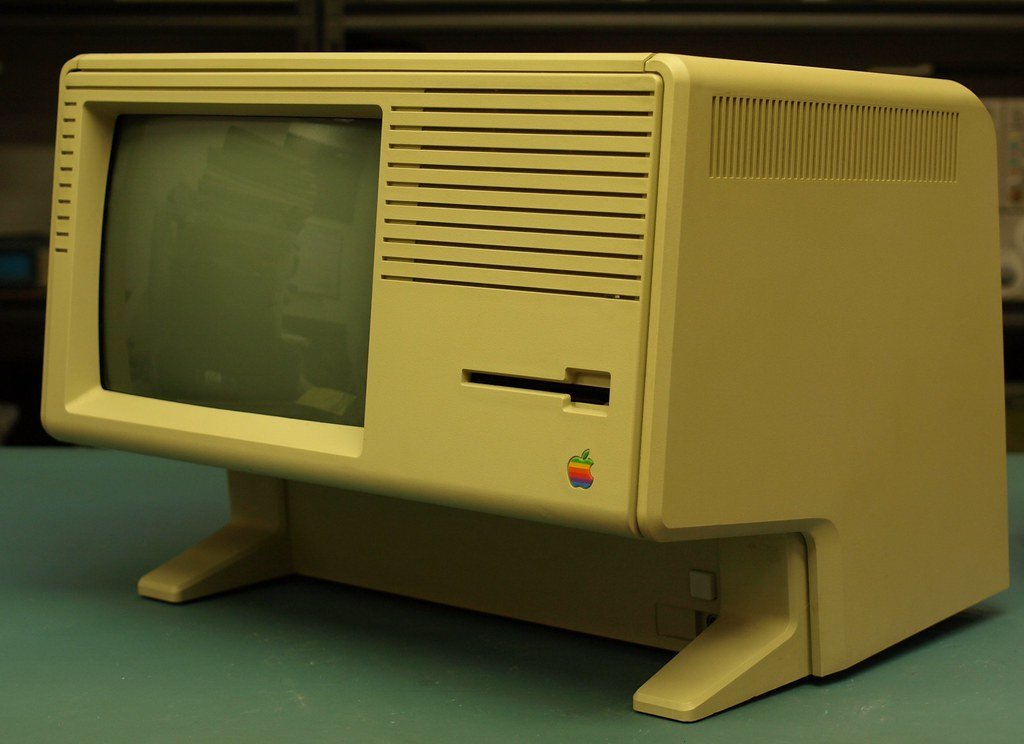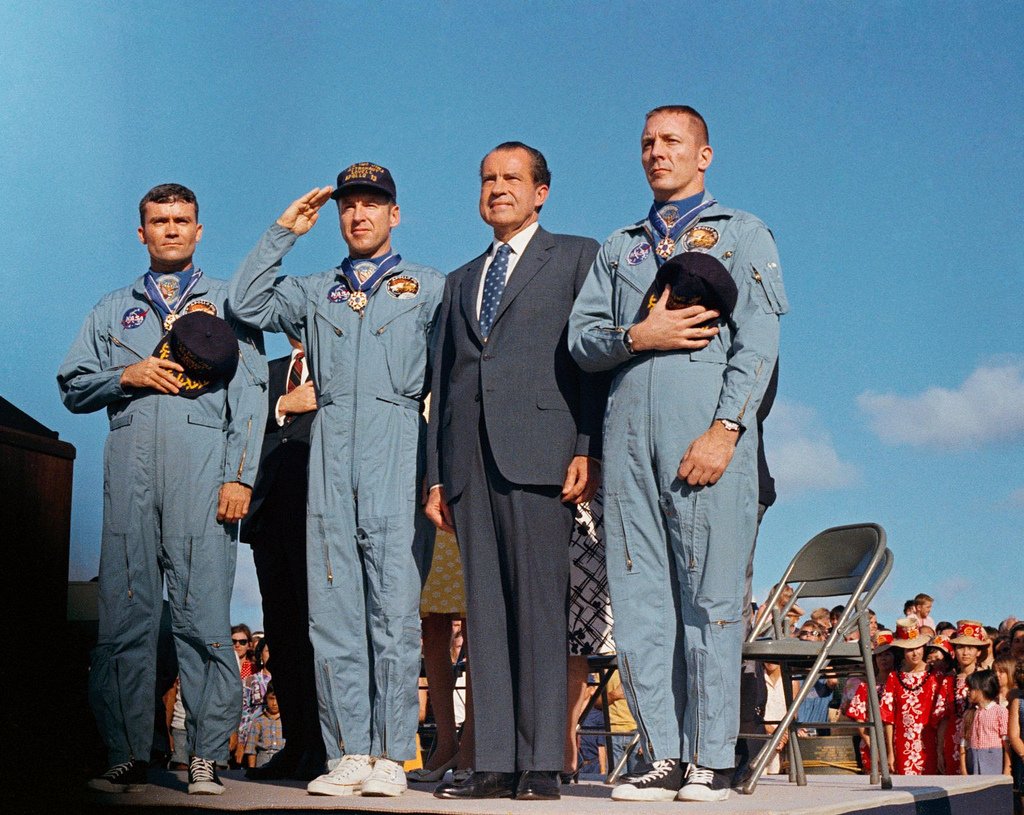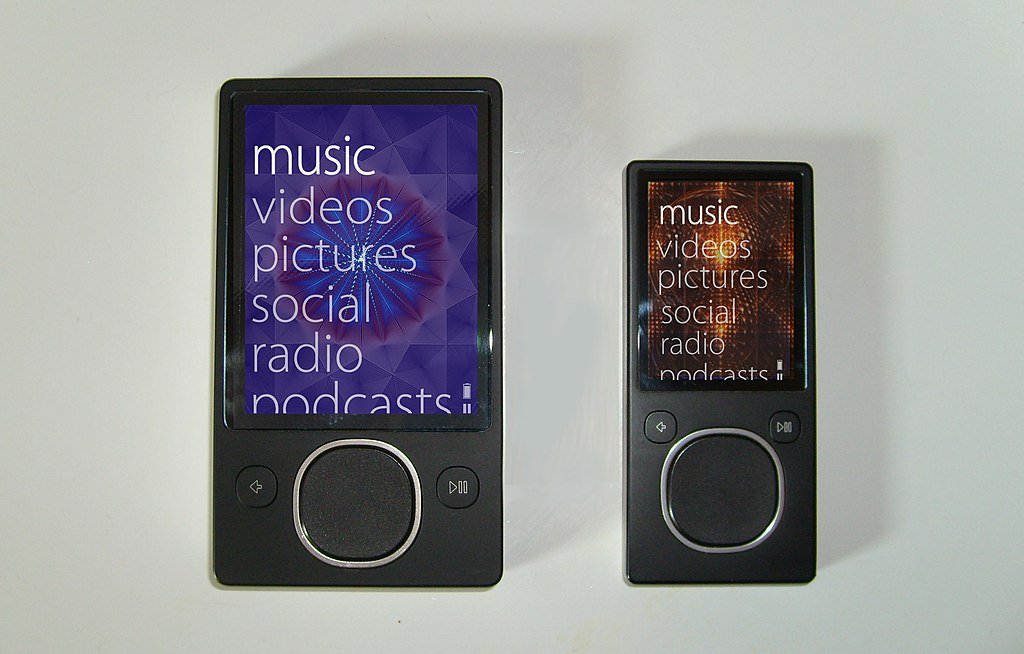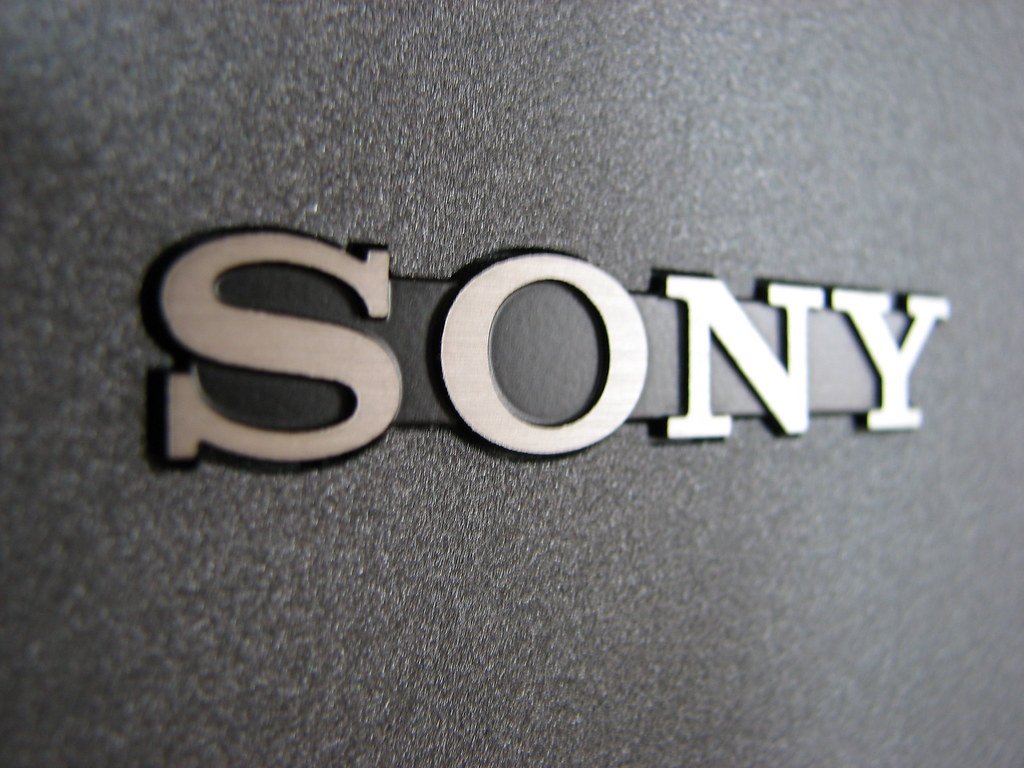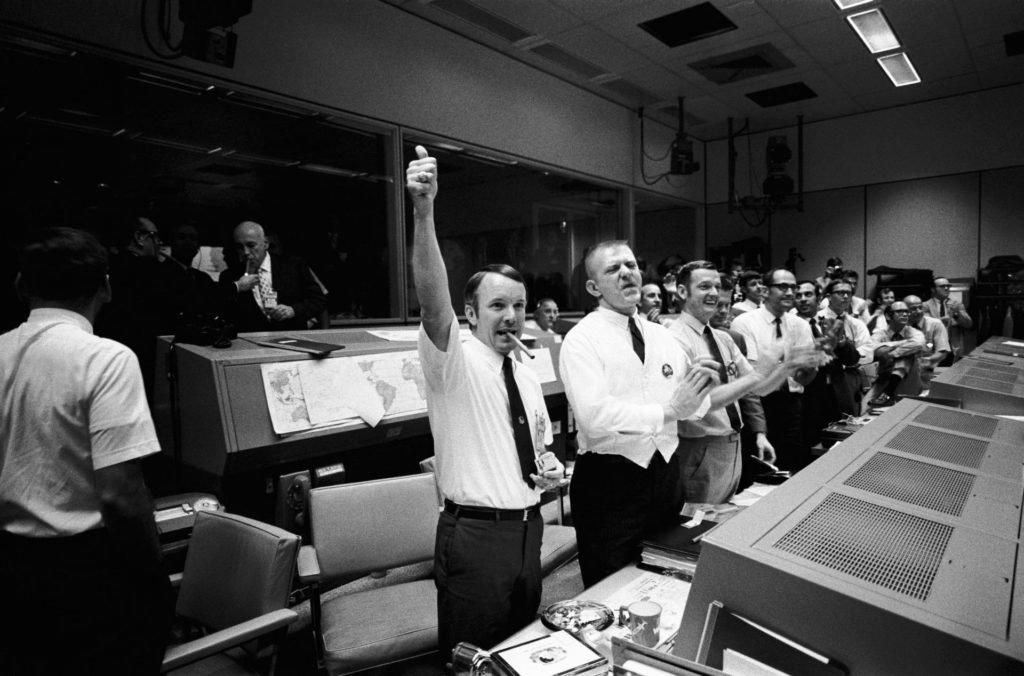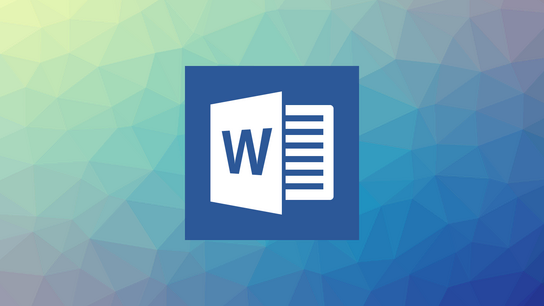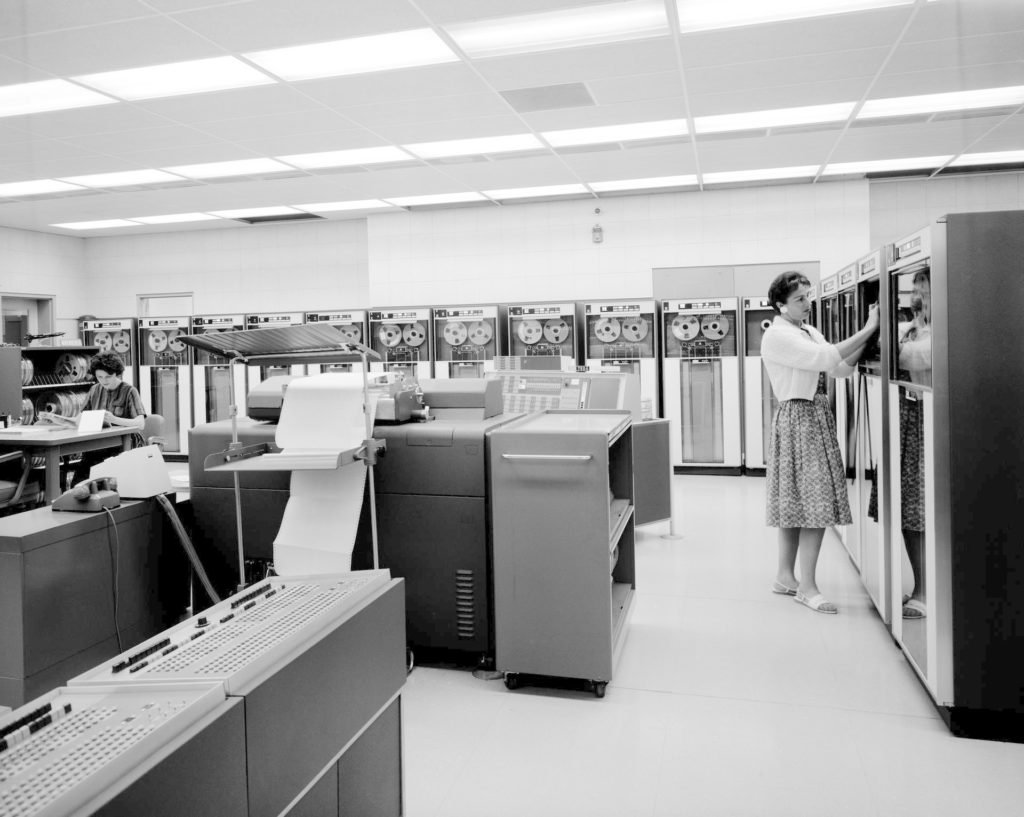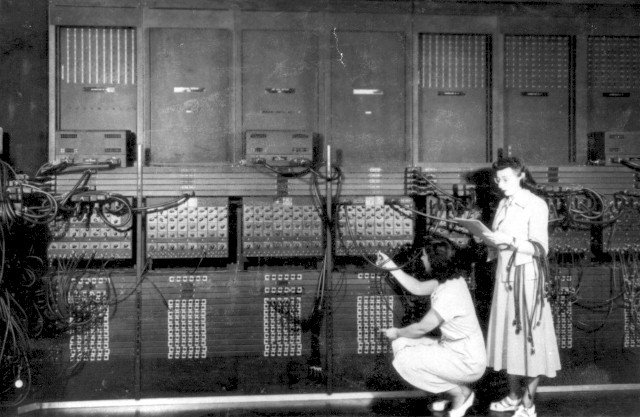Microsoft Word is ubiquitous today, but it had humble beginnings in the early 1980s. Microsoft Word 1.0 for DOS – the first Microsoft Word version – marked Microsoft’s entry into the word processor market in 1983. This DOS word processor introduced innovative features for its time and laid the groundwork for the modern Word we know. In this blog post, we’ll explore the history of Microsoft Word leading up to version 1.0, its features and interface, how it compared to other 1983 word processors, and its reception, impact, and legacy. The journey of Word 1.0 offers a fascinating glimpse into how a once-obscure program evolved into a cornerstone of productivity software.
Table of Contents
Historical Background: From Idea to Multi-Tool Word
In the early 1980s, Microsoft was eager to expand beyond operating systems and programming languages into application software. In 1981, Microsoft hired Charles Simonyi, a lead developer of Xerox Bravo – the world’s first WYSIWYG word processor developed at Xerox PARC. Bill Gates and Paul Allen tasked Simonyi with creating a word processing application for Microsoft. Simonyi brought on Richard Brodie, a former Xerox intern, to help build the product. The project was initially code-named “Multi-Tool Word,” and development began on Microsoft’s Xenix (a UNIX-like system) before being ported to MS-DOS. Not long after, marketing decided “Multi-Tool Word” was too cumbersome a name and dropped the prefix – thus, Microsoft Word was born.
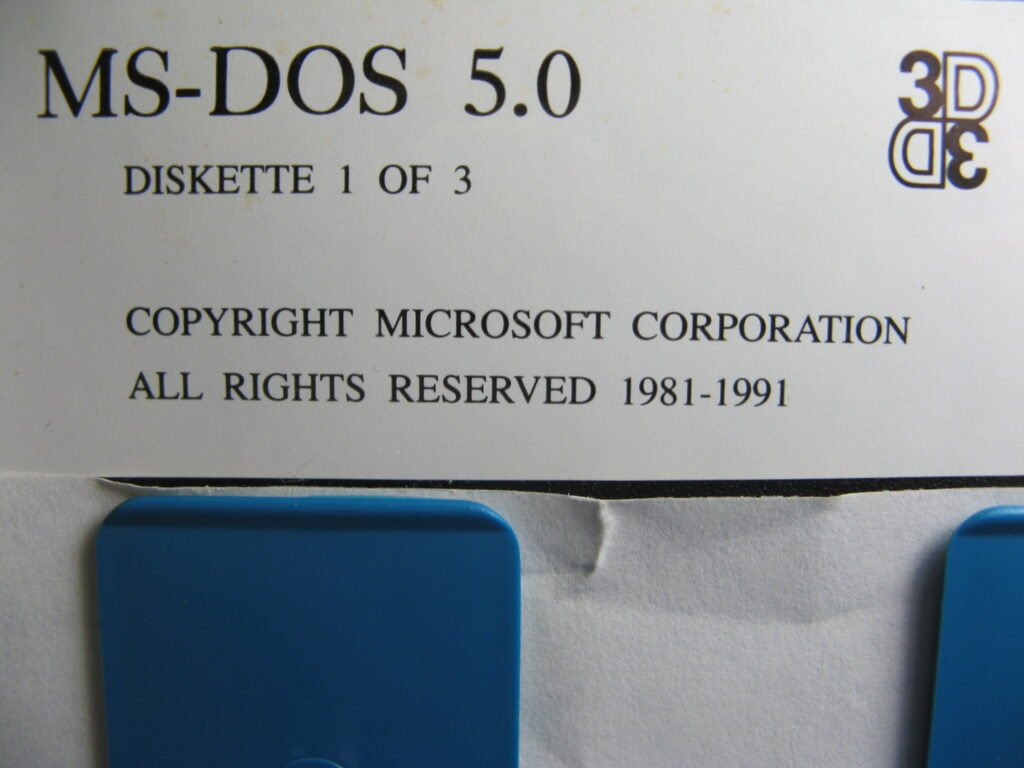
By 1983, the stage was set for Microsoft to release its first word processor. The company was influenced by emerging graphical user interfaces and wanted to bring some of those advanced ideas to the IBM PC. Microsoft’s new word processor would run on MS-DOS, the text-based operating system of the IBM PC, but it aimed to incorporate features from the GUI world. At the time, Apple’s Lisa computer (released in January 1983) had introduced a GUI-based word processor (LisaWrite), and VisiCorp’s Visi On environment was bringing GUI concepts to IBM PCs. Microsoft Word’s designers took inspiration from these developments. The result was a word processor that pushed the limits of DOS software in 1983.
Launch of Microsoft Word 1.0 for DOS in 1983
Microsoft Word 1.0 was officially released for the IBM PC on October 25, 1983. (It was simultaneously announced for Xenix, reflecting its cross-platform roots.) This was the first Microsoft Word version, and it arrived before the era of Microsoft Windows – Word 1.0 ran on plain DOS. Priced at around $495 USD at launch (a hefty sum at the time, Word 1.0 was marketed as a premium, cutting-edge word processing program.
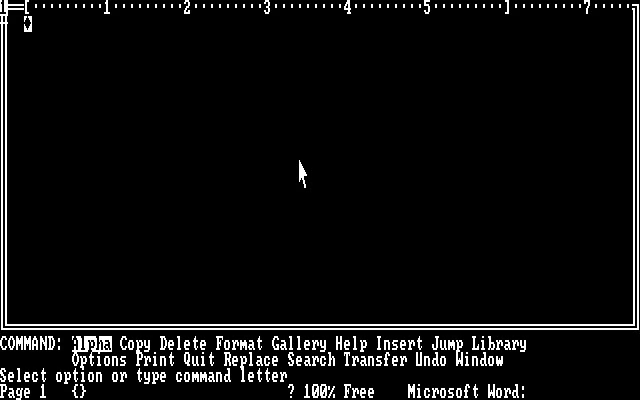
To drum up interest, Microsoft took the unprecedented step of distributing free demo copies of Word 1.0 with a popular computer magazine. A demo floppy disk containing Microsoft Word was bundled with the November 1983 issue of PC World magazine. This made Word 1.0 the first program ever distributed on-disk with a magazine – a novel marketing move in 1983. Anyone who bought that issue of PC World could try out Word 1.0 on their IBM PC at no cost (the demo version could be run but had disabled saving and printing). Microsoft hoped this wide sampling would entice users away from incumbent word processors, but despite the promotion, Word 1.0’s uptake was modest.
Features and Interface: What Made Word 1.0 Innovative
Microsoft Word 1.0 introduced several features that were innovative for a DOS word processor in 1983. While it ran in the text-only environment of DOS, it strived to offer a WYSIWYG-like experience (WYSIWYG meaning “what you see is what you get”) within those technical limits. Here are some of the notable features and aspects of Word 1.0’s interface:
- Mouse Support: Microsoft Word 1.0 was the first word processing program on PCs to fully embrace the use of a mouse. At a time when most DOS applications relied solely on keyboard commands, Word 1.0 was designed to be used with the new Microsoft Mouse (which was released the same year). Advertisements for Word 1.0 prominently featured the mouse, showcasing Word’s menus and on-screen controls. This focus on mouse input was a direct response to the graphical interfaces of the Apple Lisa and upcoming Apple Macintosh. It was a bold move in an era when many PC users didn’t even own a mouse yet.
- Windowed, Multi-Pane Interface: True to its Xerox PARC heritage, Word 1.0 featured a windowed interface within the DOS screen. Users could open multiple document windows or panes simultaneously – an unusual capability for DOS software then. Different parts of the program (the text editing area, formatting options, help, etc.) could appear in separate regions of the screen. This made Word 1.0 feel more like a modern GUI application, even though it was character-based. The interface was “moded,” meaning the same keys performed different functions depending on the current mode or menu, a design that harkened back to Simonyi’s Bravo word processor. While this moded interface allowed powerful operations, it could be confusing for new users (the behavior of keys changed in different contexts). Nonetheless, it was a step up from the purely keyboard-driven, arcane function-key combinations used by competitors like WordPerfect.
- On-Screen Formatting (WYSIWYG Elements): Microsoft billed Word 1.0 as a WYSIWYG word processor. In reality, running on a text-mode screen, it wasn’t true graphical WYSIWYG – but it was “what you see is what you get” in important new ways. Word 1.0 was the first word processor on DOS that showed line breaks, paragraph breaks, and text formatting (like bold, italic, and underlining) directly on the screen as you edited. For example, if you made text bold, Word would highlight or otherwise mark that text so you could see the emphasis; if you centered a title or added a hard page break, you would see that layout reflected on screen. Competing DOS word processors of the time usually displayed just plain text with maybe symbols or codes to indicate formatting, requiring users to print or preview to see final formatting. Word’s approach was more intuitive for the writer – a big innovation in 1983. (It’s worth noting that Word 1.0 could not display true variable fonts or WYSIWYG fonts on screen – it had no graphical font engine in DOS. All text appeared in the standard DOS character set, but things like bold or underline were shown by reverse video or underlined characters.)
- Rich Formatting Features: Despite running in DOS, Word 1.0 introduced a surprisingly rich set of formatting and layout features for the time. It supported different text alignments (centered, justified text, etc.), multiple font styles (bold, italic, underline, strike-through, superscript and subscript text – at least in print), variable indents and tab stops, and included support for footnotes and endnotes, automatic page numbering, and headers/footers (“running heads”)【18†】. Many of these capabilities were either non-existent or cumbersome to use in rival word processors of the day. Word 1.0’s on-screen menus and commands made these features relatively accessible. For example, inserting a footnote in a document – a complex task in other programs – was streamlined in Word. An on-line help system was also included to assist users with these advanced features, another rarity in 1983 DOS software.
- Undo Functionality: Microsoft Word 1.0 advertised an “Undo” feature – something we take for granted now, but quite novel then. Users could undo their last action, providing a safety net while editing. In fact, Word’s architecture allowed an unlimited number of undo operations, thanks to an innovative data structure under the hood called a piece table. This meant you could revert multiple changes, not just the most recent one – a huge convenience for writers. The fast performance of cut, copy, and paste operations in Word 1.0 was also credited to this design. Such forward-thinking technical choices in Word 1.0’s design would continue to benefit Microsoft Word in subsequent versions.
In summary, Word 1.0’s feature set was groundbreaking for a DOS word processor. It brought many “modern” word processing conveniences to PC users: the ability to see roughly how your document would look when printed, to use a mouse to navigate and select text, to manage multiple open documents or views, and to apply formatting and undo mistakes easily. These features made Word 1.0 stand out – at least on paper – from its text-bound competitors.
Word 1.0 vs. Other Word Processors in 1983
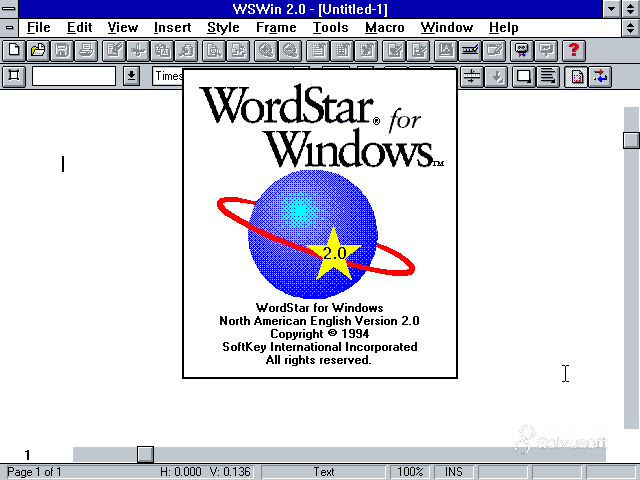
When Word 1.0 debuted in 1983, it entered a marketplace crowded with established DOS word processors. To appreciate Word’s impact (and challenges), it’s useful to compare it to the popular word-processing software of the era:
- WordStar: By 1983, WordStar was a dominant word processor, originally developed for CP/M in the late 1970s and then ported to DOS. WordStar was beloved by many early microcomputer users but had an older interface. It relied on keyboard commands – combinations of keystrokes (often using the Ctrl key) – rather than menus. While powerful, WordStar did not display formatting on screen; for instance, bold or italic text might be represented by special control characters or not at all in the editing view. This meant users often wrote in plain text and only saw formatting on printouts. Microsoft Word 1.0’s more visual approach (showing line breaks and basic formatting on screen) was a sharp contrast. However, WordStar users were accustomed to its commands, so Word 1.0’s new interface was a learning curve. In fact, Word 1.0’s radically different “mode-based” user interface was cited as one reason it wasn’t initially popular – it didn’t feel familiar to the WordStar-trained typist.
- WordPerfect: WordPerfect (from Satellite Software International, later by Corel) was another rising star in the early 1980s. WordPerfect 3.0 for DOS was released around 1982-83 and WordPerfect 4.0 in 1984, gradually gaining traction. WordPerfect featured a cleaner interface than WordStar (it put commonly used function key options at the bottom of the screen) but still largely depended on function keys and keyboard shortcuts for operations. Like WordStar, it did not provide true WYSIWYG on screen in the early 80s – users worked in text mode with minimal visual cues. WordPerfect’s strength was its robustness, extensive printer support, and later, its mail merge and macro capabilities. Word 1.0 competed by offering a more user-friendly, menu-driven approach and features like on-screen bold/underline and undo. However, WordPerfect’s reliability and the inertia of its growing user base meant Word 1.0 had a tough fight. (Indeed, WordPerfect would remain the top-selling word processor on PCs through much of the late 1980s.)
- MultiMate: Another competitor in 1983 was MultiMate, which was designed to mimic the user experience of dedicated Wang word processing machines popular in many offices. MultiMate was known for easing the transition for secretaries and office workers moving from standalone word processor appliances to PCs. It used simple menu prompts and function keys, and while not as technologically daring as Word 1.0, it fit well in office workflows of the time. Word 1.0, by contrast, tried to leapfrog to a new paradigm with mouse menus and a GUI-like feel. This was technically impressive but less familiar to typical office typists in 1983, possibly limiting its immediate appeal.
- Others: There were numerous other word processors in the early 1980s, such as IBM’s DisplayWrite, MicroPro’s newer WordStar 2000, and VisiWord (part of the Visi On GUI). Even the Apple II and other home computers had their own word processing programs. In the broader landscape, the Apple Lisa’s LisaWrite (released January 1983) deserves mention as a truly WYSIWYG, mouse-driven word processor – but it ran on a $10,000 machine and didn’t compete in the IBM PC market. Microsoft Word 1.0 was unique in trying to bring some of that GUI-based word processing experience to the much more common (and affordable) IBM PC DOS platform.
In summary, compared to its 1983 rivals, Microsoft Word 1.0 was more innovative in interface and features – introducing GUI concepts and visual feedback into a DOS word processor. However, those same innovations made it quite different from what users were used to. Established competitors had the advantages of user familiarity and market momentum. Word 1.0 entered as an ambitious underdog in a field dominated by the likes of WordStar and the emerging WordPerfect.
Reception and Impact of Word 1.0
Upon its release, Microsoft Word 1.0 for DOS received a mixed reception and struggled to gain market share. In hindsight, Word 1.0 was ahead of its time, but that did not immediately translate into popularity or sales:
- Initial Reception: Many PC users in 1983 found Word 1.0 intriguing for its new features, but adoption was hindered by its unfamiliar interface and the requirement of a mouse. The PC user base was still adjusting to graphical concepts, and a lot of word processing in businesses was being done by people trained on other systems. As a result, Word 1.0 was “highly unsuccessful” in terms of market penetration, according to later retrospectives. It simply didn’t make a big dent against WordStar or WordPerfect in its first years. Microsoft’s own promotion acknowledged that Word was different; for example, they highlighted Word’s ability to undo, use windows, and work with a mouse – features that, while beneficial, required users to change their habits. Some contemporary reviewers and users found the “moded” UI confusing, and many didn’t yet see the mouse as a necessary tool for word processing. One could type very fast using keyboard shortcuts in WordPerfect or WordStar, so Word’s approach needed to prove its worth.
- Demo Disk Campaign: Microsoft’s marketing gamble of distributing the PC World demo disk was an acknowledgment that they needed to entice users to try this radically different word processor. The free demo put Word 1.0 into many hands, and it was indeed notable – as mentioned, it was the first time a major software application was bundled with a magazine. While this campaign generated buzz and got Word known to tech enthusiasts, it did not immediately ignite sales. Many who tried the demo may have been impressed by the concept, but sticking with their familiar word processor felt safer. In short, the demo strategy was innovative, but Word 1.0 remained an underdog through the mid-1980s.
- Competition and Criticism: Competitors were quick to capitalize on Word’s weaknesses. WordPerfect Corporation (and others) emphasized that their products didn’t require relearning or special hardware like a mouse. Some critics pointed out that Word’s performance could be sluggish on the modest IBM PC hardware, especially when redrawing its on-screen windows or handling graphics for printers. Also, while Word 1.0 had many features, it was not as stable or refined as the later versions would be – early users encountered bugs or quirks (as is common with 1.0 releases). Microsoft did release minor updates (such as Word 1.1) to fix issues and improve compatibility in 1984. But overall, in the word processor market of 1983-1985, Microsoft Word for DOS was not a leader. It was often described as an interesting alternative for power users or those craving new technology, rather than a must-have mainstream tool.
- Positive Impacts: Despite its low market share, Word 1.0 did have some positive impact. It introduced features that competitors eventually had to consider (for instance, on-screen representations of bold/italic text). It also helped push the adoption of the mouse in PC computing. By demonstrating that a mouse could be useful in a word processor, Microsoft Word paved the way for other software (and later, the entire Windows interface) to incorporate mouse-driven interactions. Additionally, Word 1.0 established Microsoft as a player in application software. This was Microsoft’s first application software product for IBM PCs (earlier Microsoft apps like MultiPlan were around, but Word was their first large-scale app in a new category). It signaled that Microsoft was not just an operating system vendor but also an applications developer – a strategic move that would pay off enormously in the long run.
In summary, Word 1.0’s reception was lukewarm, and it did not topple the reigning word processors of the time. As one writer put it, Word got off to a “shaky and awkward start” in 1983. However, Microsoft viewed Word 1.0 not as a failure, but as the first step in a longer journey. The company showed patience and commitment to improving the product, setting the stage for what was to come.
Legacy and Influence on Modern Microsoft Word
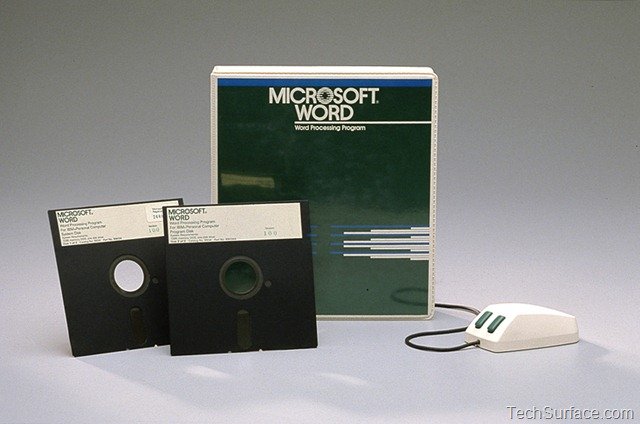
While Microsoft Word 1.0 for DOS was never a best-seller, its legacy is profound when we look at how it laid the foundation for future versions of Word and influenced modern word processing:
- Continuous Improvement: Microsoft did not abandon Word despite the slow start. Over the next six years after 1983, they released versions 2.0 through 5.0 of Word for DOS, each refining the software. These versions incrementally improved speed, stability, and usability (for example, Word 3.0 in 1986 removed copy-protection and Word 5.0 in 1989 added significant features). This perseverance shows that Word 1.0 truly was the foundation – Microsoft was committed to building on it. In fact, a tech retrospective joked that doing the same thing repeatedly and expecting a different result might be insanity, but Microsoft’s determination with Word proved wise in the end.
- Influence on GUI Word Processors: The concepts pioneered in Word 1.0 blossomed on more advanced platforms. In 1985, Microsoft released Word 1.0 for Apple Macintosh, bringing the word processor into a fully graphical environment. Many of Word 1.0’s ideas (menus, WYSIWYG styling, multiple windows) came to fruition on the Mac, which could display different fonts, sizes, and true bold/italic styling on screen. The Mac version’s ease of use and capability led its sales to surpass the DOS version for several years. Similarly, when Microsoft Windows grew mature enough, Microsoft built Word for Windows 1.0 (released in 1989) which took the Word lineage into the Windows GUI. Word for Windows 1.0 had a fully graphical interface with drop-down menus and true WYSIWYG, very much fulfilling the vision that Word 1.0 for DOS had hinted at. With the launch of Windows 3.0 in 1990 and the increasing popularity of Windows, Word for Windows became a runaway success. It finally achieved what Word 1.0 had aspired to – becoming the leading word processor. Notably, one reason was that main competitors like WordPerfect were slow to release Windows versions, giving Microsoft Word a head start in the new GUI-centric era.
- Technical Legacy: Word 1.0’s forward-looking technical design carried into future versions. As mentioned, the use of a piece-table data structure gave Word extremely efficient editing capabilities (fast copy-paste and undo) – an approach that modern Word still builds upon when handling document edits. Microsoft Word for DOS was also designed with high-end output in mind. Even though in 1983 most users had only dot-matrix printers and low-resolution screens, Word’s developers anticipated a future with high-resolution displays and laser printers. Indeed, Word 1.0 was built to support such devices when they arrived. This foresight made it easier to port Word to platforms like Mac (which introduced high-res graphics early) and to add true desktop publishing features later on. In a sense, Word 1.0 contained the DNA for many modern word processing functions – from styles and formatting to multiple undo, integrated graphics, and cross-platform compatibility.
- Microsoft Office and Dominance: The legacy of Word 1.0 is ultimately seen in Microsoft Word’s dominance by the 1990s and beyond. By the early 1990s, thanks to the success of Word for Windows, Microsoft Word eclipsed WordPerfect and became the de facto standard word processing software worldwide. Microsoft bundled Word with Excel, PowerPoint, and other tools to form Microsoft Office, further cementing its place in offices and homes. None of this would have happened if Microsoft hadn’t started with Word 1.0 and stuck with it. As one commentary noted, if Bill Gates had given up on Word in those first seven lean years, we might not have Microsoft Word (or even Microsoft Windows) as we know it today. Word 1.0 showed Microsoft’s willingness to play the long game in software development.
- User Experience Evolution: Modern Microsoft Word (Word for Microsoft 365, etc.) looks nothing like Word 1.0 for DOS, yet the lineage is direct. The focus on user-friendly document creation, WYSIWYG layout, and a rich feature set all trace back to the aspirations of Word 1.0. Features that are now standard – such as using a mouse for text selection, seeing bold and italic text instantly, or clicking “undo” when you make a mistake – were novel when Word 1.0 introduced them to PC users. The legacy of those innovations is that today’s users can take them for granted. Word 1.0’s influence is also seen in how it helped normalize GUI concepts in productivity software, paving the way for the graphical interfaces that dominate computing today.
In retrospect, Microsoft Word 1.0 for DOS was a milestone that, while small in immediate impact, had enormous long-term consequences. It was a visionary product – one that dared to bring features from the computing elite (Xerox, Apple) into the mass market IBM PC sphere. Its direct influence can be measured in the decades of word processor evolution that followed, and its success can be measured by the fact that “Microsoft Word” is now practically synonymous with word processing.
Conclusion: From Obscure Upstart to Ubiquitous Tool
The story of Microsoft Word 1.0 for DOS is a classic tale of innovation, challenges, and perseverance in tech history. When it launched in 1983, Word 1.0 was an ambitious underdog: a DOS word processor trying to introduce a new way of working with text – using a mouse, seeing formatting on screen, and navigating multiple windows. It arrived in a market that wasn’t quite ready for its innovations, and initially, it fell short of unseating entrenched competitors like WordStar and WordPerfect. Yet, Word 1.0 laid the critical groundwork for Microsoft’s future in applications.
Through continual improvements and strategic leaps to new platforms (Mac and Windows), Microsoft transformed Word from that quirky 1983 debut into the powerhouse of the Microsoft Office suite. The legacy of Word 1.0 is alive in every modern version of Word – in every bold text you see as you type, every time you click “undo,” and every time you use a mouse or touchscreen to edit a document. Microsoft Word’s journey from DOS word processor to today’s multi-platform word editor underscores how a visionary product, even if not an instant hit, can shape the future when its core ideas are sound.
Today, Microsoft Word is 40+ years old and still going strong, a testament to the solid foundation built by Word 1.0. General readers and tech enthusiasts alike can appreciate that foundation – it’s a reminder that even the most ubiquitous technology often starts out as a bold experiment.
Microsoft Word 1.0 for DOS may have been primitive by today’s standards, but it was a pioneer in bringing WYSIWYG word processing to personal computers, and it set in motion the evolution of writing tools that millions rely on every day. In the history of Microsoft Word, version 1.0 will always hold a special place as the first step in a long journey from 1983’s first Microsoft Word version to the feature-packed Word of today.
